O.T. Landscaping Fabric- Pros/Cons- How Do You Deal with Weeds???
Lynn-in-TX-Z8b- Austin Area/Hill Country
2 years ago
last modified: 2 years ago
Featured Answer
Comments (84)
Jilly
2 years agolast modified: 2 years agoKristine LeGault 8a pnw
2 years agoLynn-in-TX-Z8b- Austin Area/Hill Country thanked Kristine LeGault 8a pnwRelated Discussions
Rows or Raised Beds - Pros and Cons
Comments (27)I garden in lower framed beds (10" deep), taller raised frame beds (20" deep), lagsana gardens framed in old concrete chunks and also frame free raised beds. I have lots of options, and find that there is a place for all. My annual vegetables go in the framed beds or at church in the unframed raised beds. The lower beds are best - they drain very well and seem to stay disease free. The taller beds hold more wet soils and were filled mostly with compost which both depletes quickly and can carry disease for long periods if disease gets into the soil (soil choice wasn't mine). The few issues with the frameless raised beds in our garden is that they get very weedy because matting weed grasses have taken over in walkways, and the walkways between beds are far too narrow for some people (we have a variety of people who garden with us). The framed beds are much easier to keep grass free and it's just easier for people to move about them we find. I love my concrete edged lasagna beds for perennial vegetables. The soil stays more moist in them yet drainage is excellent, I can keep layering inside the frames easily while building the beds and the beds "look" like something even when they are filled only with green manures or mulches. I can create any look I like with the chunks of free concrete and it always looks like rock in a few years and it always looks more planned. A nice idea if you have a front yard garden and want your vegetables looking more like ornamental gardens. I think everything has it's place, it is really what you prefer, what you can budget for....See MoreLandscape fabric / weed barrier
Comments (33)Yeah, it's been months, but I thought I add my experience. I am using 15 year landscape fabric that was installed 2 years ago. I too noticed that the water beaded up on it and mostly rolled off, depending on the slope. I figured that I had a lot of work to do and no one complained too badly about the stuff so continued with the installation. Over the fabric I put a few inches of rock, which is lots of work but I have hardly needed to revisit the beds at all. My perennial plants are all receiving sufficient water (they're growing and alive), there are no lakes forming, and everything is as expected. I admit that I was concerned initially about all the work that it took to prepare and complete the beds and that they might not receive any water... Though, not to worry friend, it'll be fine. Lay the stuff down, cut the X where the plant will poke through, and enjoy the minimal effort to maintain your beds. In the fall I do walk through with a vacuum/blower to remove as much organic material as I can. Takes only minutes and I'm sure it'll help keep the beds looking pristine. Enjoy!...See MoreDo you use landscape fabric
Comments (25)Well, I don't know...it seems from that link that the stuff does eventually rot. The thing is,I can't afford to buy all the mulch I'd need (these paths are very large, more like driveway size, in my very large garden)And I have very shallow, rocky soil, with lots of tap-rooted perennial weeds growing with their roots lodged firmly between gaps in the bed-rock.It seems to me that, in spite of all it's defects, it might be of some help in getting the situation under control.Those of you who HAVE managed to use it successfully, do you have any tips for me? thanks, bart...See Morei am looking 4 pro. landscape fabric anybody no where
Comments (10)Ron, It is obvious to me that you don't have to deal much with Bermuda grass, or you would know that it would be fully re-established within a year if it weren't under control. After 2 years, and some interim pulling and spraying where it did come up around plants placed within holes cut within the weed fabric, it is still weed free of Oxalis pes-caprae and Bermuda. This is an unqualified success in my mind, and anyone who has had to deal with these two weeds rampantly established in a garden would likely agree with me. I am not saying that it can't creep back in from the neighbors, or get reestablished if plants are removed or die and it blows in as weed seed, but the weed fabric in combination helped me resolve a nasty situation which would have required several months of spray, hoe, water, repeat several times, to control. I am just saying that it does have its uses, and can work rather well, and give excellent results. I would agree with you in that as it is most often used, without sufficient mulch cover or density of plantings to shade out potential weeds, and with no perserverance to keep on top of weeds that can still germinate on top of weed fabric and mulch, it can quickly become useless. To say that it is never worth using is simply wrong, or the quick judgement from someone who is unwilling to consider other's experience, which would seem to be your modus operandi......See MoreLynn-in-TX-Z8b- Austin Area/Hill Country
2 years agolast modified: 2 years agoLynn-in-TX-Z8b- Austin Area/Hill Country
2 years agolast modified: 2 years agoLynn-in-TX-Z8b- Austin Area/Hill Country
2 years agolast modified: 2 years agoVaporvac Z6-OhioRiverValley
2 years agolast modified: 2 years agosummersrhythm_z6a
2 years agoVaporvac Z6-OhioRiverValley
2 years agoLynn-in-TX-Z8b- Austin Area/Hill Country
2 years agolast modified: 2 years agoJilly
2 years agolast modified: 2 years agoLynn-in-TX-Z8b- Austin Area/Hill Country
2 years agolast modified: 2 years agoVaporvac Z6-OhioRiverValley
2 years agolast modified: 2 years agoLynn-in-TX-Z8b- Austin Area/Hill Country thanked Vaporvac Z6-OhioRiverValleyVaporvac Z6-OhioRiverValley
2 years agolast modified: 2 years agoLynn-in-TX-Z8b- Austin Area/Hill Country thanked Vaporvac Z6-OhioRiverValleyLynn-in-TX-Z8b- Austin Area/Hill Country
2 years agolast modified: 2 years agoLynn-in-TX-Z8b- Austin Area/Hill Country
2 years agolast modified: 2 years agoLynn-in-TX-Z8b- Austin Area/Hill Country
2 years agolast modified: 2 years agoVaporvac Z6-OhioRiverValley
2 years agoJilly
2 years agobananastand
2 years agolast modified: 2 years agoLynn-in-TX-Z8b- Austin Area/Hill Country
2 years agolast modified: 2 years agocearbhaill (zone 6b Eastern Kentucky)
2 years agoLynn-in-TX-Z8b- Austin Area/Hill Country thanked cearbhaill (zone 6b Eastern Kentucky)l pinkmountain
2 years agolast modified: 2 years agoLynn-in-TX-Z8b- Austin Area/Hill Country thanked l pinkmountainLynn-in-TX-Z8b- Austin Area/Hill Country
2 years agoenchantedrosez5bma
2 years agolast modified: 2 years agoLynn-in-TX-Z8b- Austin Area/Hill Country thanked enchantedrosez5bmal pinkmountain
2 years agolast modified: 2 years agoLynn-in-TX-Z8b- Austin Area/Hill Country thanked l pinkmountainl pinkmountain
2 years agolast modified: 2 years agoflowersaremusic z5 Eastern WA
2 years agoLynn-in-TX-Z8b- Austin Area/Hill Country
2 years agolast modified: 2 years agoLynn-in-TX-Z8b- Austin Area/Hill Country
2 years agoLynn-in-TX-Z8b- Austin Area/Hill Country
2 years agolast modified: 2 years agol pinkmountain
2 years agolast modified: 2 years agoLynn-in-TX-Z8b- Austin Area/Hill Country thanked l pinkmountainflowersaremusic z5 Eastern WA
2 years agolast modified: 2 years agoLynn-in-TX-Z8b- Austin Area/Hill Country thanked flowersaremusic z5 Eastern WAsharon2079
2 years agol pinkmountain
2 years agolast modified: 2 years agoLynn-in-TX-Z8b- Austin Area/Hill Country thanked l pinkmountainbuttoni_8b
2 years agolast modified: 2 years ago
Related Stories
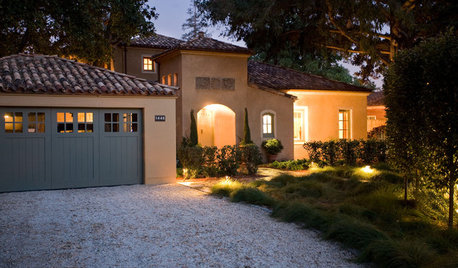
REMODELING GUIDESGravel Driveways: Crunching the Pros and Cons
If you want to play rough with your driveway, put away the pavers and choose the rocky road
Full Story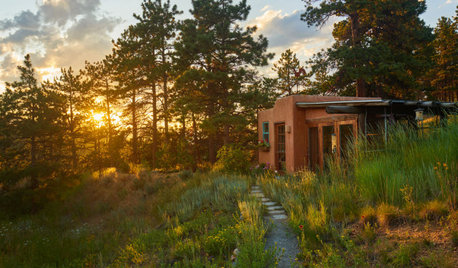
EARTH DAY12 Sustainable Gardening Ideas From Landscape Design Pros
Create a more earth-friendly garden by planting for pollinators, ditching pesticide use and more
Full Story
BATHROOM DESIGNBathroom Countertops: The Pros and Cons of Engineered Quartz
See why these designers like engineered quartz for its durability, color options and more
Full Story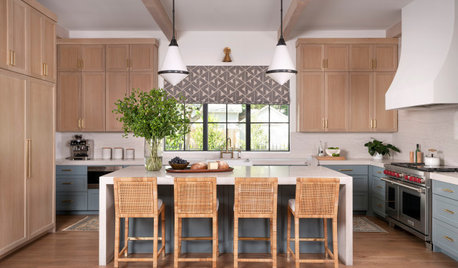
KITCHEN CABINETSPainted vs. Stained Kitchen Cabinets
Wondering whether to go for natural wood or a painted finish for your cabinets? These pros and cons can help
Full Story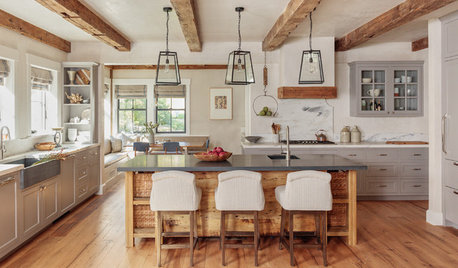
KITCHEN ISLANDSThe Pros and Cons of Kitchen Islands
Two designers make the case for when adding a kitchen island is a good idea — and when it’s not
Full Story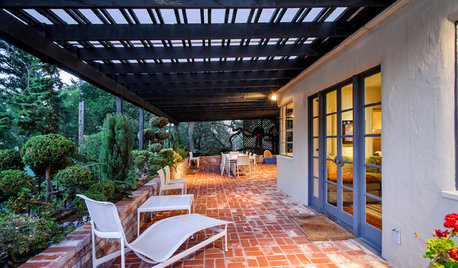
PATIOSLandscape Paving 101: How to Use Brick for Your Path or Patio
Brick paving is classy, timeless and a natural building material. Here are some pros and cons to help you decide if it’s right for your yard
Full Story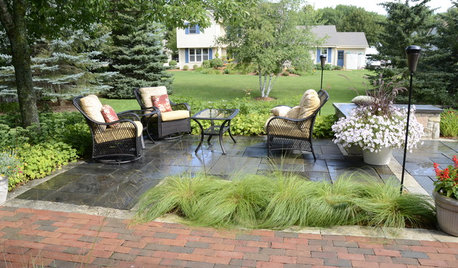
LANDSCAPE DESIGN5 Reasons to Consider a Landscape Design-Build Firm for Your Project
Hiring one company to do both design and construction can simplify the process. Here are pros and cons for deciding if it's right for you
Full Story
WORKING WITH PROSWhat Do Landscape Architects Do?
There are many misconceptions about what landscape architects do. Learn what they bring to a project
Full Story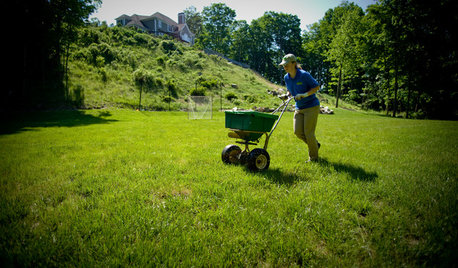
LANDSCAPE DESIGNHow to Find and Hire a Great Landscape Contractor
Get your landscape project built on time and on budget by hiring a quality professional
Full Story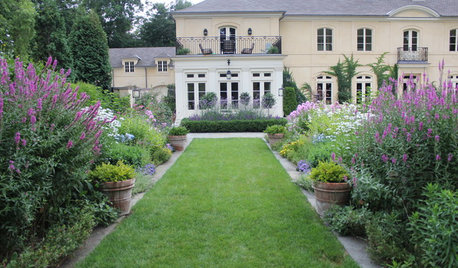
WORKING WITH PROS10 Times to Hire a Landscape Architect
This pro can solve problems, ensure that your home and landscape complement each other and help design special features
Full Story







Lynn-in-TX-Z8b- Austin Area/Hill CountryOriginal Author